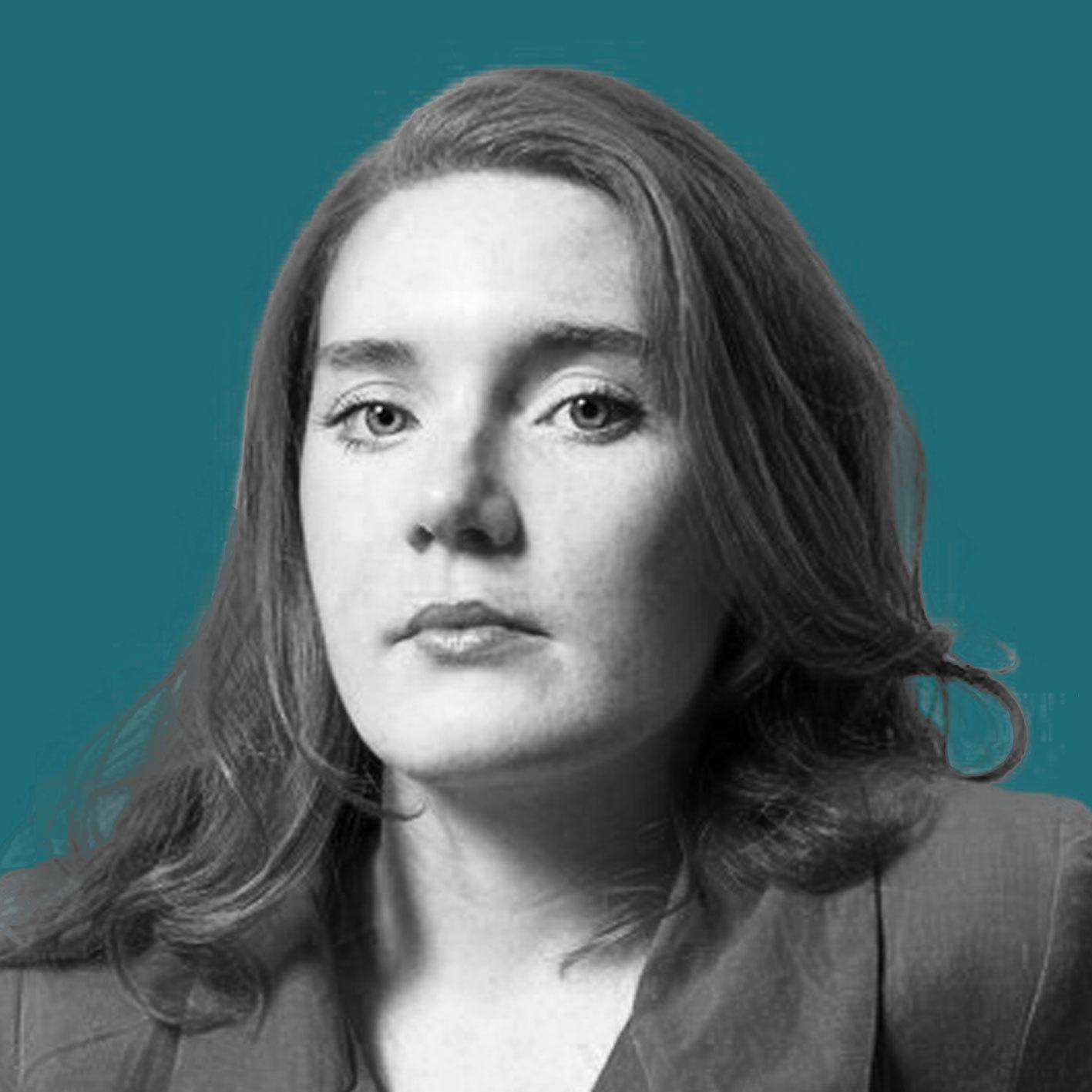
While some of the formerly named streets (including Factory, Herring and Amity Streets) are now numbered, they still do not always conform to the usual grid pattern when they enter the neighborhood. Unlike the streets of most of Manhattan above Houston Street, streets in the Village are typically named rather than numbered. When Sixth and Seventh Avenues were built in the early 20th century, they were built diagonally to the existing street plan, and many older, smaller streets had to be demolished. In addition, as the meandering Greenwich Street used to be on the Hudson River shoreline, much of the neighborhood west of Greenwich Street is on landfill, but still follows the older street grid. This is generally regarded as adding to both the historic character and charm of the neighborhood. Many of the neighborhood's streets are narrow and some curve at odd angles. Greenwich Village was allowed to keep the 18th century street pattern of what is now called the West Village: areas that were already built up when the plan was implemented, west of what is now Greenwich Avenue and Sixth Avenue, resulted in a neighborhood whose streets are dramatically different, in layout, from the ordered structure of the newer parts of Manhattan.


Street signs at intersection of West 10th and West 4th StreetsĪs Greenwich Village was once a rural, isolated hamlet to the north of the 17th century European settlement on Manhattan Island, its street layout is more organic than the planned grid pattern of the 19th century grid plan (based on the Commissioners' Plan of 1811). Today, Spring Street overlaps with the modern, newer SoHo neighborhood designation, while the modern Encyclopædia Britannica cites the southern border as Houston Street. Into the early 20th century, Greenwich Village was distinguished from the upper-class neighborhood of Washington Square-based on the major landmark of Washington Square Park or Empire Ward in the 19th century.Įncyclopædia Britannica's 1956 article on "New York (City)" states (under the subheading "Greenwich Village") that the southern border of the Village is Spring Street, reflecting an earlier understanding. The Far West Village is another sub-neighborhood of Greenwich Village that is bordered on its west by the Hudson River and on its east by Hudson Street. The western part of Greenwich Village is known as the West Village the dividing line of its eastern border is debated but commonly cited as Seventh Avenue or Sixth Avenue. The East Village was formerly considered part of the Lower East Side and has never been considered a part of Greenwich Village. Adjacent to Greenwich Village are the neighborhoods of NoHo and the East Village to the east, SoHo and Hudson Square to the south, and Chelsea and Union Square to the north. It is roughly centered on Washington Square Park and New York University. The neighborhood is bordered by Broadway to the east, the North River (part of the Hudson River) to the west, Houston Street to the south, and 14th Street to the north.

#Writer and commentator codycross zip#
Greenwich Village has undergone extensive gentrification and commercialization the four ZIP Codes that constitute the Village – 10011, 10012, 10003, and 10014 – were all ranked among the ten most expensive in the United States by median housing price in 2014, according to Forbes, with residential property sale prices in the West Village neighborhood typically exceeding US$2,100 per square foot ($23,000/m 2) in 2017. Greenwich Village is part of Manhattan Community District 2, and is patrolled by the 6th Precinct of the New York City Police Department. Greenwich Village contains Washington Square Park, as well as two of New York City's private colleges, New York University (NYU) and The New School. In the 20th century, Greenwich Village was known as an artists' haven, the bohemian capital, the cradle of the modern LGBT movement, and the East Coast birthplace of both the Beat and '60s counterculture movements. Its name comes from Groen wijck, Dutch for "Green District".

Greenwich Village also contains several subsections, including the West Village west of Seventh Avenue and the Meatpacking District in the northwest corner of Greenwich Village. Greenwich Village ( / ˈ ɡ r ɛ n ɪ tʃ/ GREN-itch, / ˈ ɡ r ɪ n-/ GRIN-, /- ɪ dʒ/ -ij) is a neighborhood on the west side of Lower Manhattan in New York City, bounded by 14th Street to the north, Broadway to the east, Houston Street to the south, and the Hudson River to the west.


 0 kommentar(er)
0 kommentar(er)
